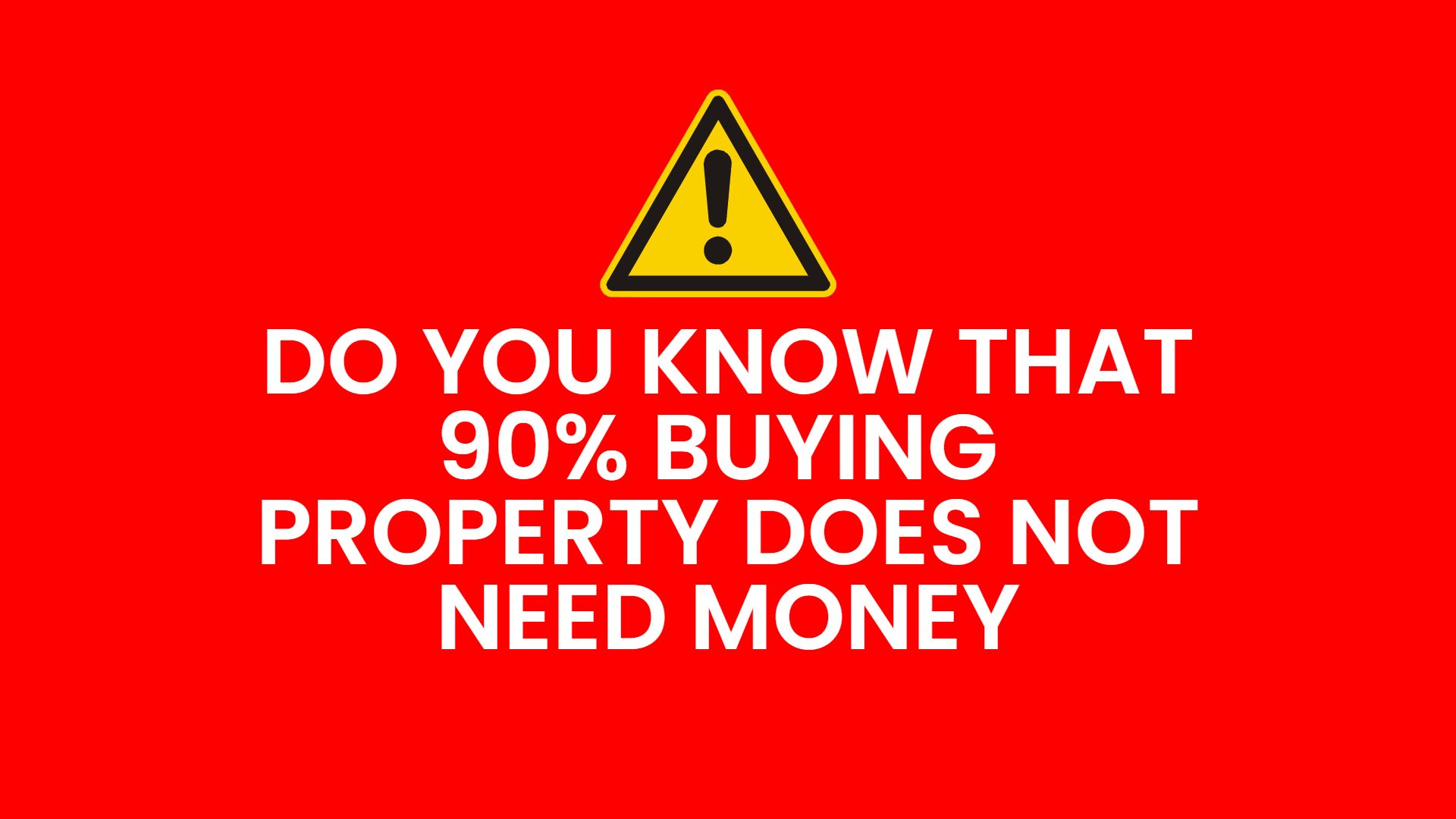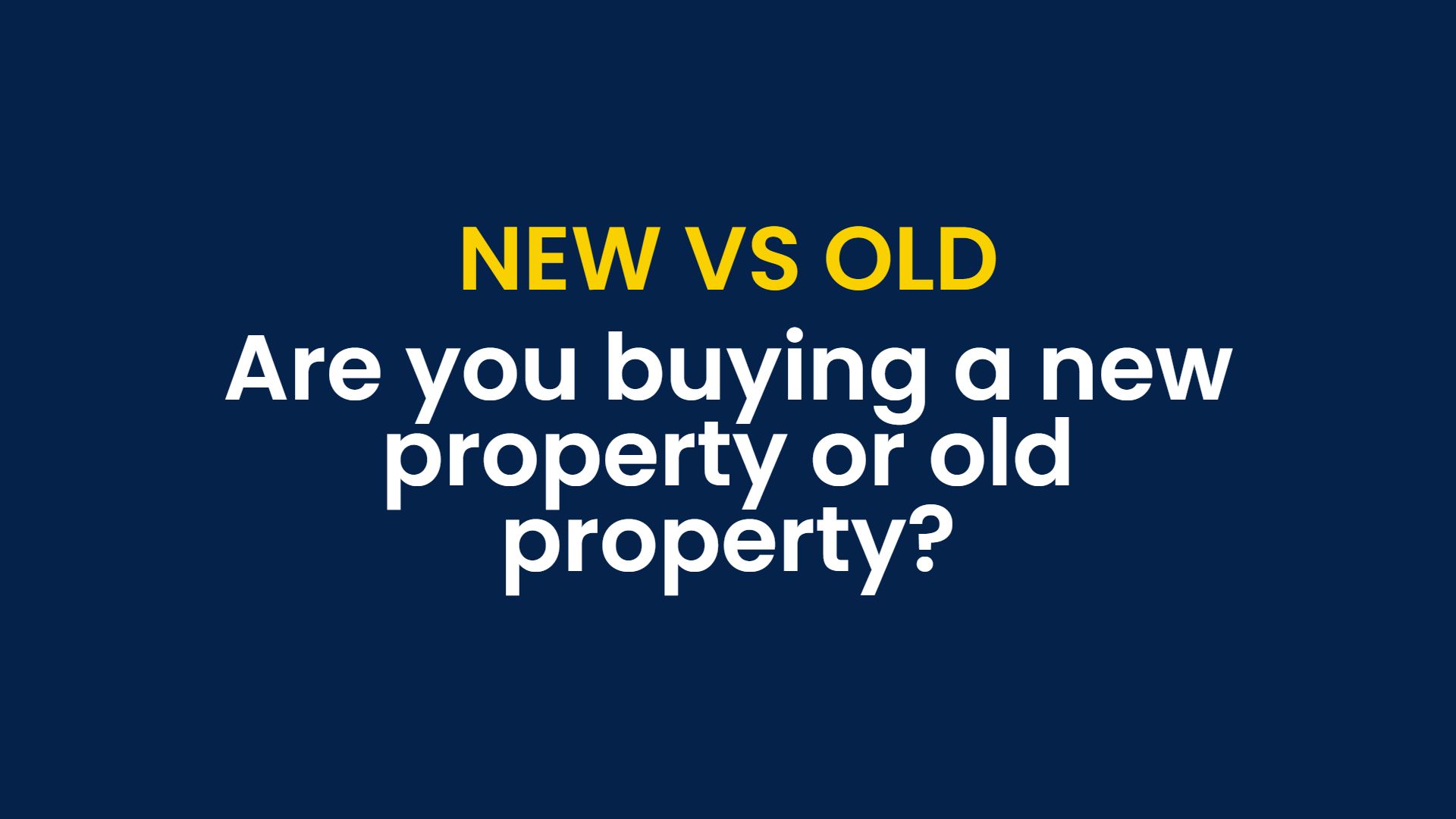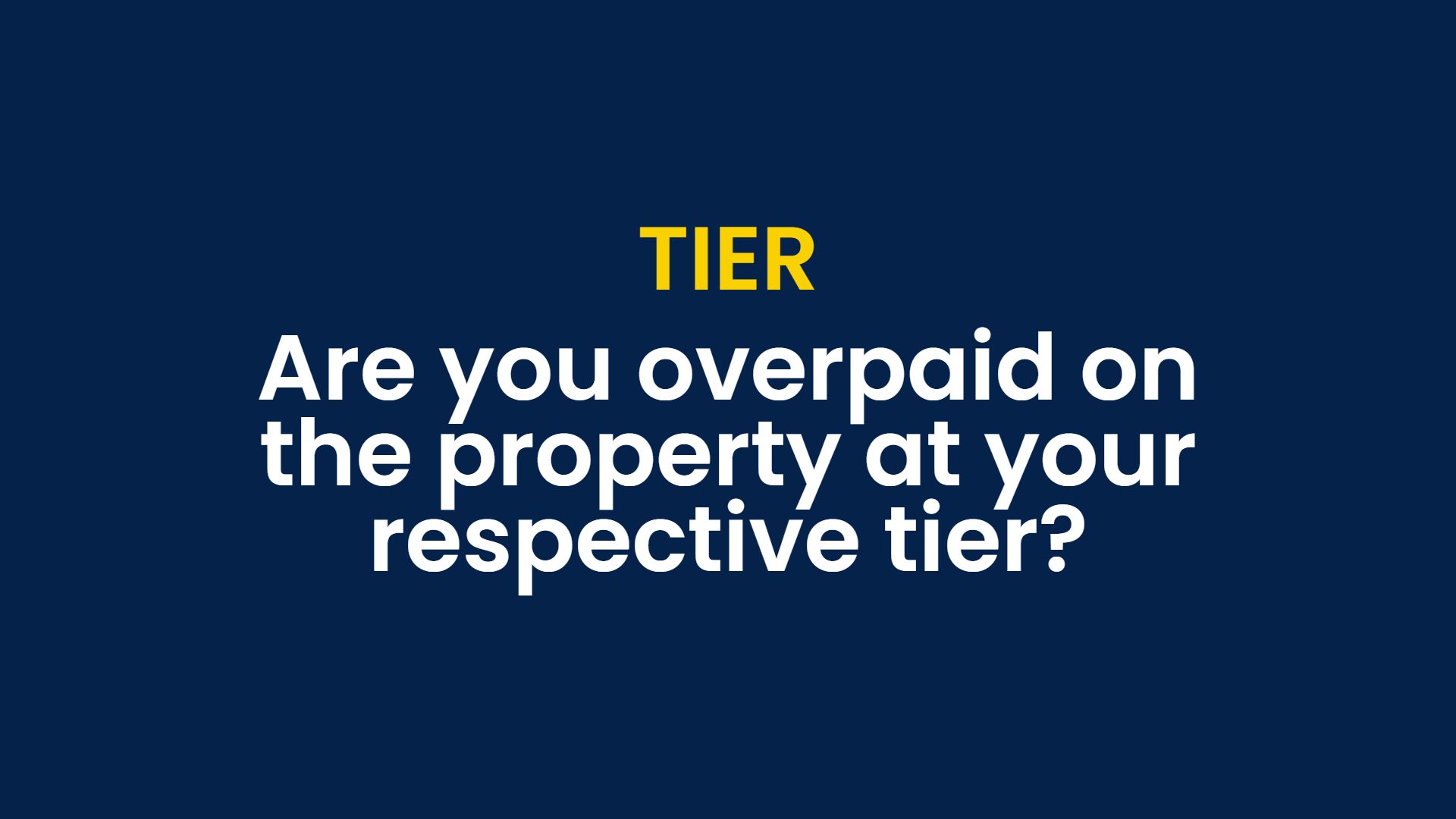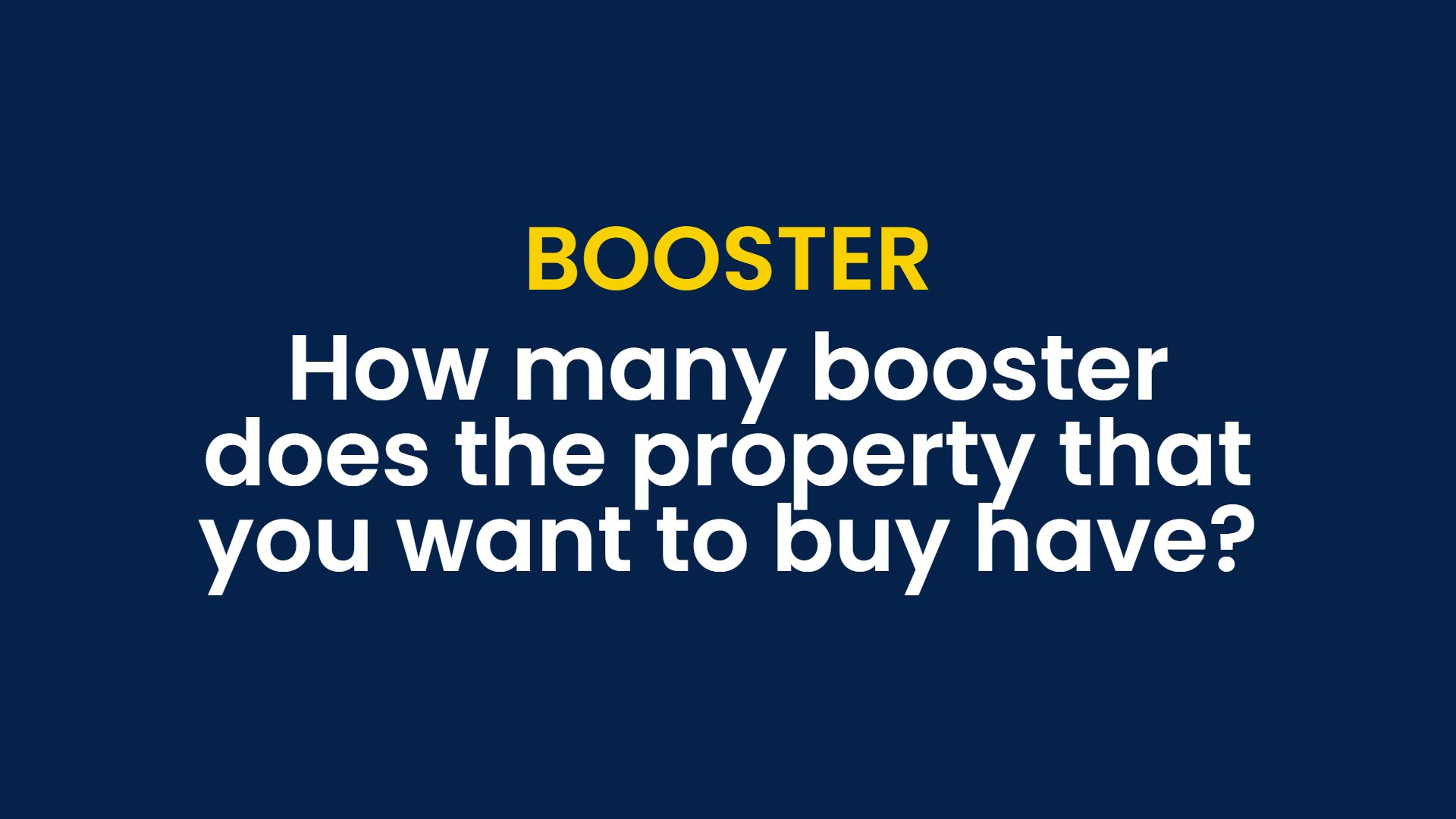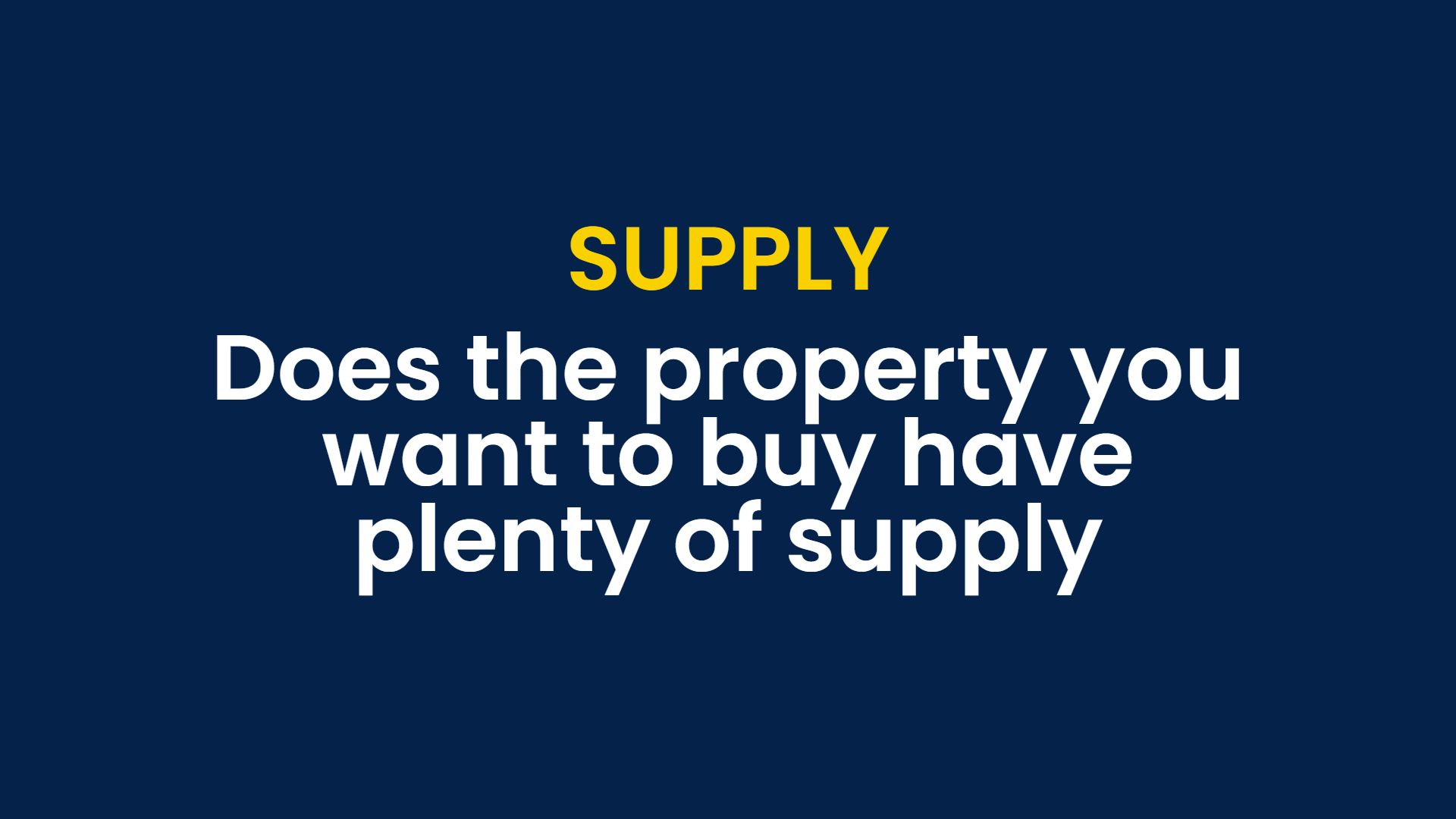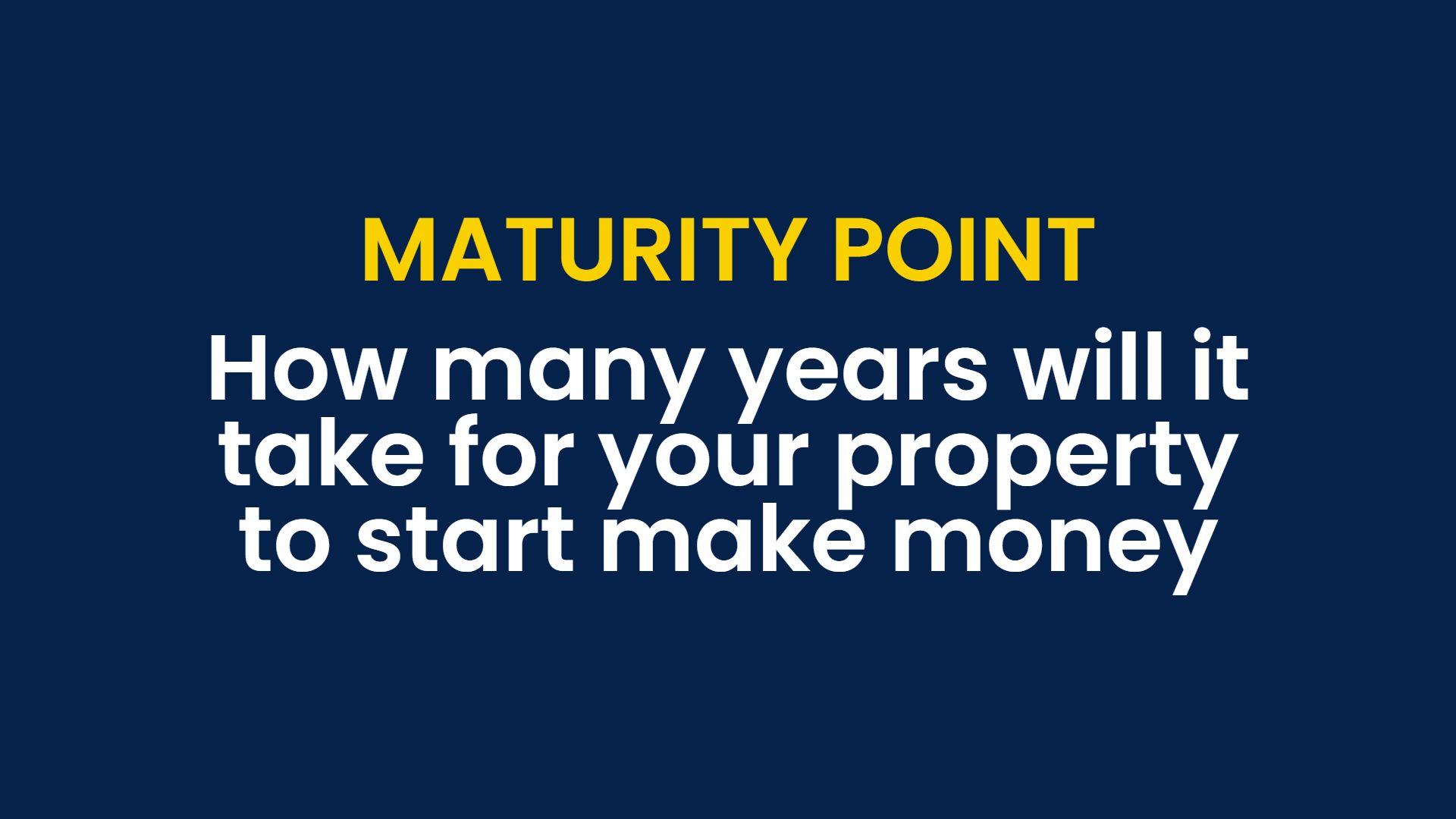#07 Multiple Rental Option
Firstly, if the property you buy has more than one rental strategy that can be used, it's a risky investment, and you may face losses. Secondly, only buy a property covering at least 70% of the monthly installment payment with the standard rental method. In addition to the standard rental method, there are many other rental strategies that you can use, such as multiple tenant segments, per room, per head, Airbnb, co-living, and more.
